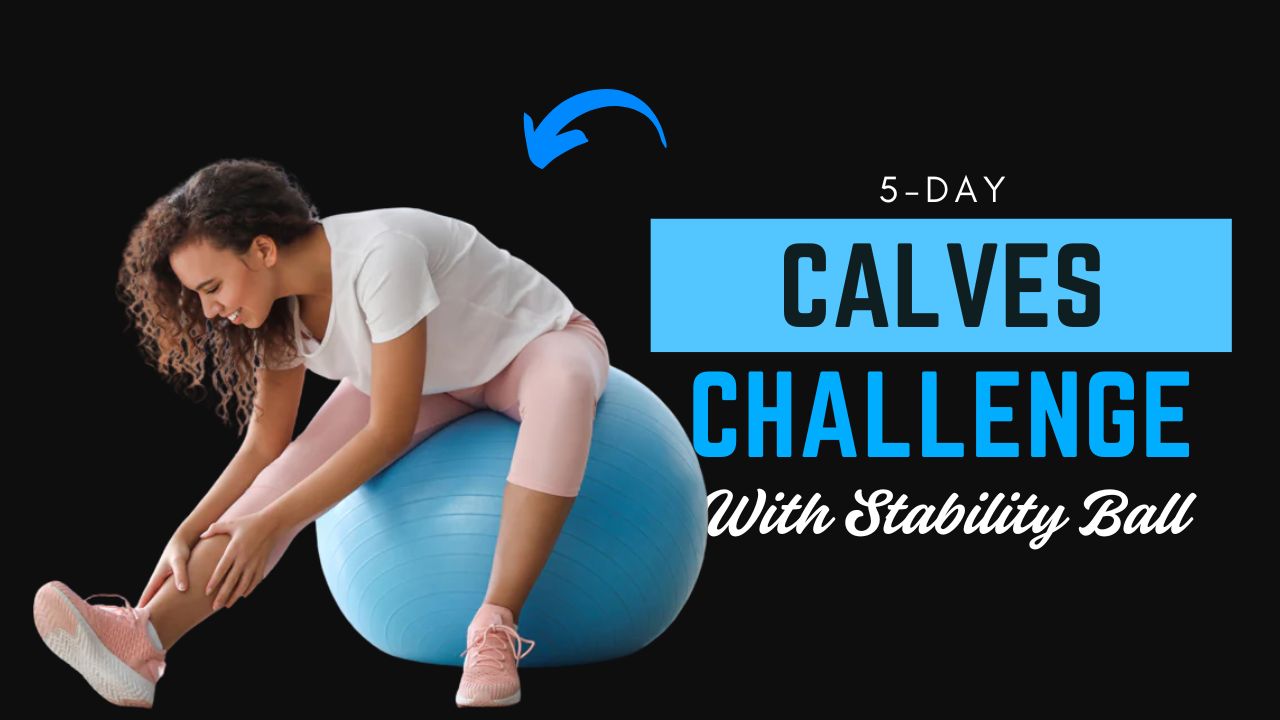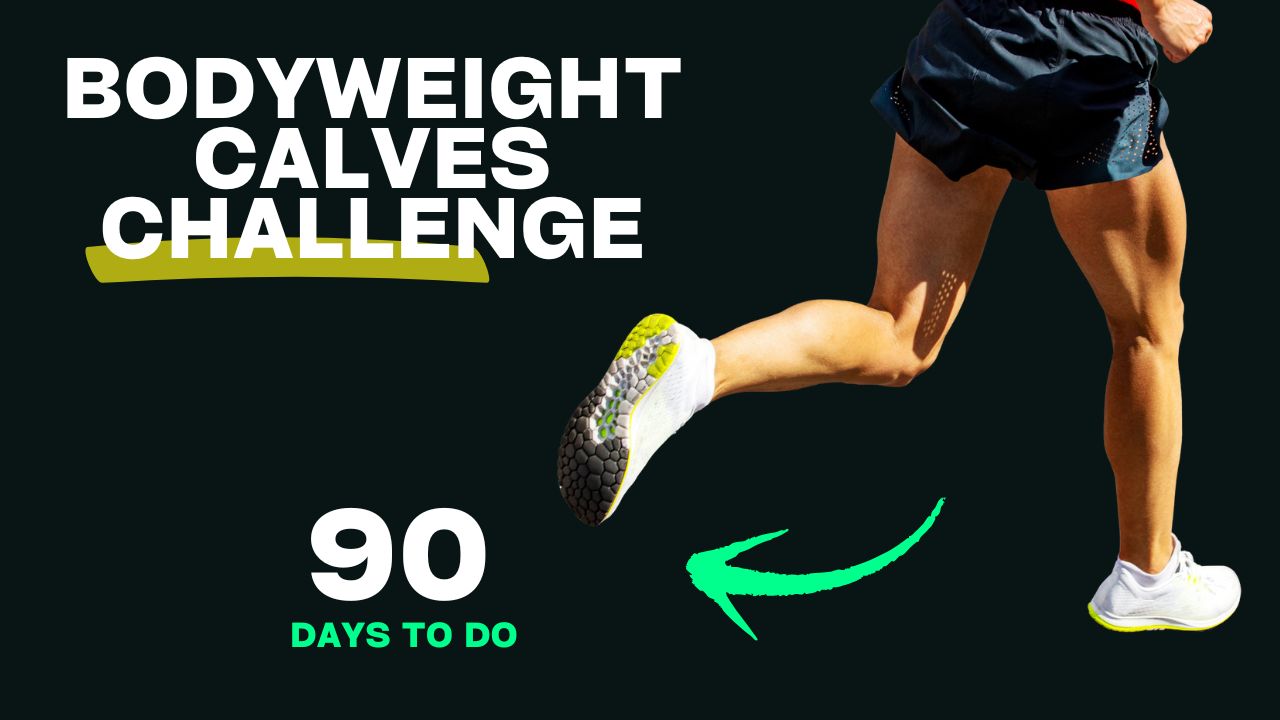The shape of your nose is influenced not only by genetics but also by muscles and cartilage that can be stimulated, just like other areas of the body.
While you can’t drastically change your bone structure, consistent nose exercises can tone the muscles around the nose, enhance nasal breathing, and even support post-rhinoplasty recovery.

Table of Contents
Why Do Nose Exercises?
They say your face tells your story—but the nose? It leads it. As the central and most prominent feature of your face, the nose doesn’t just define your appearance—it plays a vital role in how you breathe, smell, and even sleep.
But here’s something most people don’t realize:
Your nose can be trained.
Yes, just like toning your arms or sculpting your jawline, nose exercises can offer subtle improvements in nasal contour, muscle tone, and respiratory function.
Whether you’re looking to give your nose a more lifted appearance, improve breathing, or reduce nasal flaring, this guide will walk you through 9 proven nose exercises—along with how to perform them safely and effectively.
What Can Happen After 30 Days of This Exercise
| Positive Changes You May Notice | Why It Happens |
|---|---|
| Subtle lift in nasal tip | Targeted resistance exercises help tone the nasal tip muscles. |
| Improved nostril control | Repeated nostril flare control exercises strengthen nasal sphincter muscles. |
| Slight refinement in nasal symmetry | Gentle muscle activation improves muscle balance around the nose. |
| Enhanced nasal breathing | Breathing drills and wiggling exercises help open nasal passages. |
| Reduced nostril flaring during speech or smile | Muscle awareness and control reduce involuntary nostril widening. |
| Better facial muscle coordination | Engaging facial muscles around the nose improves overall control. |
| Increased self-awareness of nasal posture and movement | Practicing daily builds neuromuscular connection. |
| Calmer breathing rhythm and better focus during the day | Nasal breathing stimulates the parasympathetic nervous system. |
| Strengthened facial expression control | Combining nose exercises with smiling or lifting improves expressive strength. |
Nose Exercise: Do’s & Don’ts
| Do’s | Don’ts |
|---|---|
| Do the exercises gently and consistently every day. | Don’t expect overnight or drastic changes in nose shape. |
| Use a clean finger or tool when touching your nose. | Don’t press too hard—avoid pain or discomfort during exercises. |
| Follow a mirror to maintain correct form and posture. | Don’t perform exercises if you’ve had a recent nose injury or surgery. |
| Combine nose exercises with nasal breathing drills for full benefit. | Don’t rely on exercises alone for structural corrections like a deviated septum. |
| Maintain a clean nasal area before starting. | Don’t skip days if you’re aiming for visible toning results. |
| Be patient—track your progress weekly. | Don’t apply skincare or oil-based creams right before exercising. |
| Take short breaks between exercises to avoid fatigue. | Don’t continue if you feel dizziness or unusual pressure. |
9 Best Nose Exercises To Do
1. Nose Shortening Press
Purpose: To tone the levator labii superioris alaeque nasi muscle and subtly lift the nasal tip.
How to Do It:
- Place your index finger at the tip of your nose.
- Gently press down.
- Now, use your nose muscles to push your finger upward.
- Repeat 15 times.
Why It Works:
This repetitive resistance movement tones the muscle responsible for nasal tip support, offering a naturally lifted look over time.
2. Nostril Flare Control
Purpose: Strengthen nostril muscles and reduce excessive flaring.
How to Do It:
- Sit upright and take a deep breath.
- Flare your nostrils wide and hold for 2 seconds.
- Release and relax.
- Repeat 15–20 times.
Fun Fact:
In yoga, controlling nostril movement is part of advanced breathwork to help control airflow and increase lung capacity.
3. Nose Wiggling Exercise
Purpose: Improve muscle coordination and tone around the nose.
How to Do It:
- Try to wiggle your nose side to side without moving your mouth or cheeks.
- Focus on isolated nose movement.
- Do this for 1 minute daily.
Myth-Buster:
Many believe nose wiggling is just a party trick. In reality, it’s a subtle way to activate dormant facial muscles.
4. Nose Shaping Pinch
Purpose: Sculpt the cartilage and maintain a firmer shape of the nasal bridge.
How to Do It:
- Gently pinch the bridge of your nose using your thumb and index finger.
- Hold for 5 seconds, release, and repeat.
- Perform 15 repetitions.
Note:
This is not a substitute for surgical reshaping, but it can support a firmer, more defined appearance over time.
5. Upward Nose Lift Exercise
Purpose: Target nasal tip sagging and encourage upward muscle engagement.
How to Do It:
- Use your finger to lift the tip of your nose.
- Smile and try to push the tip upward against the resistance of your finger.
- Hold for 3 seconds, repeat 10–15 times.
Why It Matters:
This helps develop control of the columella muscle, which plays a role in nasal tip posture.
6. Nasal Breathing Drill
Purpose: Enhance internal nasal airflow and reduce congestion.
How to Do It:
- Inhale slowly through one nostril while closing the other with your finger.
- Exhale through the opposite nostril.
- Repeat for 5 minutes.
Did You Know?
Regular nasal breathing exercises can increase nitric oxide production, which improves oxygen delivery and immune defense.
7. Side Push Shaper
Purpose: Strengthen and refine nasal bridge symmetry.
How to Do It:
- Push the side of your nose gently with your index finger.
- Apply slight pressure and hold for a few seconds.
- Alternate sides for symmetry.
- Repeat 10 times per side.
Tip:
Always use light pressure to avoid discomfort or bruising.
8. Smile & Breathe Technique
Purpose: Combine nasal muscle engagement with breathing to tone overall nose appearance.
How to Do It:
- Smile widely while keeping your nose still.
- Now, inhale deeply through your nose.
- Hold the breath for 3 seconds, then exhale slowly.
- Repeat 10 times.
Bonus Benefit:
This is also a calming exercise that may reduce facial tension and improve posture.
9. Nose Bridge Massage
Purpose: Relax nasal muscles and stimulate blood flow.
How to Do It:
- Use your fingers to gently massage the bridge of your nose in circular motions.
- Continue for 1–2 minutes.
- Ideal to do before or after other exercises.
Why It Helps:
Improved circulation brings nutrients to the skin and cartilage, supporting better tone and healing.
Final Thought: Can Nose Exercises Really Change Your Nose?
Nose exercises can’t perform miracles. They won’t replace rhinoplasty or shift bone structure, but they can:
- Improve nasal symmetry
- Enhance muscle control
- Support post-surgical healing
- Improve breathing and airflow
- Provide a more lifted and refined look with regular practice
The key? Consistency over time.
Try incorporating these into your daily skincare or wellness routine and track your results over a few weeks.
Frequently Asked Questions (FAQs)
Do nose exercises really work?
Nose exercises won’t dramatically reshape bone structure, but they can help tone surrounding muscles, enhance nasal symmetry, lift the nasal tip, and improve breathing when done consistently over time.
How long before I see visible results?
Most people may begin to notice subtle changes within 4 to 6 weeks of daily practice. Results vary depending on genetics, consistency, and the specific goal (e.g., shaping, breathing improvement, etc.).
Can nose exercises make my nose smaller?
They can help tighten and tone the muscles around your nose, which might make the nose appear slimmer or more lifted, but they won’t actually reduce the bone or cartilage size.
Is it safe to do nose exercises every day?
Yes, as long as the exercises are done gently and without strain, it’s safe to practice them daily. If you feel pain, discomfort, or have had recent surgery, it’s best to consult a medical professional.
Can I do these exercises after rhinoplasty?
Some people use nose exercises during recovery to maintain nasal tone, but it’s crucial to follow your surgeon’s advice before starting any post-operative facial routine.
Will nose exercises help with breathing issues?
Certain exercises, especially nasal breathing drills and nostril flare control, can help improve nasal airflow and reduce congestion over time. However, chronic issues like a deviated septum need medical evaluation.
Are nose exercises suitable for all age groups?
Yes, they’re generally safe for teens, adults, and seniors alike. However, very young children or people with nasal injuries should avoid unsupervised or intense routines.
Can I reshape my nose naturally with these exercises?
While you can’t change the bone structure naturally, consistent exercise may help improve the appearance of your nose by lifting the tip, improving symmetry, and reducing nostril flaring.
How much time should I spend daily on these exercises?
Around 5–10 minutes a day is sufficient for noticeable results over time. The key is daily consistency, not duration.










